Recently, the rumours in the industry have intensified, and now Fazua itself has let the cat out of the bag: the manufacturer has developed a brand new drive. The Ride 60 has become a few grams lighter than the current Ride 50, but at the same time has gained almost 200 watt hours of capacity – and can no longer be removed from the frame of the e-bike. Is this a turning away from the previous concept? A definitive attack on market giants like Bosch, Yamaha, Brose and Co? Both? None of the above? We can’t answer any of these questions with certainty yet. However, we would like to give you an overview of the drive and its individual components.
1. What follows the turn of the era?
2. Fazua Ride 60 – the motor
3. Fazua Ride 60 – the battery
4. Fazua Ride 60 – the display in the top tube
5. Fazua Ride 60 – the control unit on the handlebars
6. Fazua Ride 60 – combined display and control unit on the handlebars
7. Fazua Ride 60 – first models with the drive unit
1. What follows the turn of the era?
When Fazua came up with the Evation drive in 2017, it was nothing more than a slight revolution in the ebike sector. There were already countless bikes where the riders decide when they want to be supported by the motor and when not. One in which you could even conveniently remove a large part of the drive and ride a regular bike from that moment on had not existed up to that point. Of course, an ebike didn’t have to master this changing of horses for everyone. On the other hand, a clientele that is often more sports-oriented was all the more pleased that suddenly they didn’t necessarily have to buy two different bikes for one and the same purpose. The ability to switch from ebike to a regular bike and back again at any time was the most obvious feature that set Fazua apart from all the competition worldwide.
Until today. With the Ride 60, Fazua is voluntarily steering into a much larger market. Of course, the manufacturer is not starting from scratch. Yet despite the previous reputation behind it, every percent there will have to be hard earned. A look at the data known so far shows that the company from near Munich is relying on old familiar strengths even in the new realms. Keeping weight down, deliberately limiting battery range and thus appealing to people who want to ride urban ebikes, e-gravel bikes, e-road bikes and e-mountain bikes rather than be ridden by them.
2. Fazua Ride 60 – the motor
Let’s start with the heart of the drive, the motor. In the Ride 60, the motor forms a unit with the gearbox, which the manufacturer calls the Drive Unit. We do not yet know the exact dimensions and the Q-factor. However, the pictures suggest that it is even smaller and more compact than the Drivepack of the Ride 50. The bottom bracket looks conspicuously small and is no comparison to the misshapen “bulge” that you recognised years ago on an ebike with a mid-mounted motor. On the motor side, only three screws reveal that additional power is slumbering inside. The fairing has also been reduced to a minimum. Visually, this is altogether a further step forward from the appearance of a regular bicycle. Fazua thus opens up perfect possibilities for bicycle manufacturers to integrate the drives even more coherently into the frame.
The low volumes go hand in hand with a low weight. Fazua has just undercut the currently decisive mark of two kilograms. The motor and gearbox together weigh 1.96 kilograms. According to Fazua, there was no alternative to the goodbye to the removability in the form of a drive pack. Otherwise, Fazua’s own goals with regard to integration on the bike would not have been achievable. In terms of performance, the new design means only slight increases. The torque increases from 58 Newton metres on the Ride 50 to 60 Newton metres on the Ride 60. Behind this is the usual continuous power of 250 watts, which can reach up to 450 watts at peak times. From the manufacturer’s point of view, this results in a “sensational” weight-to-power ratio.
Fazua Ride 60 drive unit at a glance
- Torque: 60 Nm
- Power: 250 W (nominal)
- Maximum power: 450 W (mechanical)
- Weight: 1.96 kg
3. Fazua Ride 60 – the battery
With the increased torque and the more potential power, the energy demand of the entire system also increases. It is therefore quite understandable that Fazua has also increased the battery capacity. Of course, with all the consequences that this entails. First and foremost, this means a larger size and a higher weight. The new Energy 430 has 430 watt-hours. Since hardly anyone except Fazua and a few selected bicycle manufacturers have been able to ride an ebike with such a drive, there are currently no reliable statements about the range. In a pre-release video, Fazua gives two sample calculations. With the medium support level “River” and a constant power requirement of 250 watts, one would have ridden about 40 kilometres and 1,600 metres in altitude off-road. Transferred to cycling in the city, this would correspond to about a week’s commuting with daily distances of ten to fifteen kilometres without recharging.
Since the motor of the Ride 60 remains in the frame, Fazua has also taken the battery a step further. In future there will be two versions of the Energy 430. One removable from the down tube as usual and one permanently installed. This is also primarily about giving bicycle manufacturers even more conceptual freedom in the development of their ebikes. Fazua has also changed the shape of the battery. At the upper end, it has a distinctive recessed grip, which should make it easier to remove. Built into the down tube, a specially developed, one-piece rail allows the battery to slide smoothly into the frame. The manufacturer also promises a secure, noiseless fit.
Fazua Ride 60 Energy 430 battery at a glance
- Capacity: 430 Wh
- Voltage: 43 V
- Weight: 2.3 kg (removable) / 2.2 kg (fixed)
- Charger: 3A Charger
4. Fazua Ride 60 – the display in the top tube
From Fazua’s point of view, a unit integrated into the top tube seems to have proved efficient. What used to be called Remote FX is now called LED Hub. In terms of appearance, you don’t have to get used to anything fundamentally new. The narrow bar of the LEDs has now been moved exactly to the centre and is shown off a little better. You can still read from it in which of the three support levels Breeze (blue), River (green) and Rocket (red) you are riding. At the end of the LED hub facing the handlebars, you can swivel up the control unit. A USB-C connection is revealed underneath. This can be used to charge external devices such as smartphones, bike computers and the like on the Ride 60. The feature is as simple as it is useful and should meet with a lot of approval.
Fazua Ride 60 LED Hub at a glance
- Charging status display / support mode
- Bluetooth 4.0 / ANT+
- Fold-out charging option for smartphone via USB-C socket
5. Fazua Ride 60 – the control unit on the handlebars
Technically, the LED Hub has been downgraded to a pure display unit compared to the Remote FX. The presented ebike system is operated exclusively from the handlebar. With this innovation, Fazua is probably responding to the wishes of the community. In the past, there have been repeated comments about how impractical it is to reach for the top tube in some riding situations to select a different riding mode. With the Ride 60, this is done instead via the Ring Control. By splitting the functionality, the units on the handlebars and top tube could be minimalistic and small. The ring control is mounted next to the left handlebar grip. It is used to activate the drive, switch the lights on and off, operate the push aid – and change the riding modes.
The ring control has a somewhat larger, protruding nose. You press it up or down with your thumb while the rest of your fingers continue to grip the handlebars. This provides a little more safety than the control unit for the Ride 50. In terms of the idea, we like Fazua’s approach quite a bit. However, it also means that the mount for the front brake handlebar grip moves further inwards and away from the handlebar grip a little more. We will only know how big the difference is and whether this really proves to be a hindrance in everyday use after our own test rides.
Fazua Ride 60 Ring Control control unit at a glance
- System on/off switch
- Light on/off switch
- Change of riding modes
- Boost mode
- Walk assistance
6. Fazua Ride 60 – combined display and control unit on the handlebars
Ring Control and LED Hub are inseparable. The functionality of both is brought together in a third control unit – the Control Hub. Consequently, it is sufficient as the only operating element on a bicycle and will probably be taken up by manufacturers on urban ebikes. It is somewhat larger than the Ring Control, because in addition to the LEDs, some more electronics must also be integrated.
Fazua Ride 60 Control Hub control unit at a glance
- System on/off switch
- Light on/off switch
- Charge status display / support mode
- Bluetooth 4.0 / ANT+
- Boost mode
- Walk assistance
7. Fazua Ride 60 – first models with the drive
The overall weight of the Ride 60 is 4.26 kilograms. This value is even about 150 grams less than that of the Ride 50. Fazua is still keeping it a secret as to which bicycles you will see the drive on as early as 2022. Only two manufacturers are known so far. According to reports, both were significantly involved in the development of the system. One is the company Riese & Müller. On the occasion of the introduction of the Ride 60, they are launching a completely new series. Urban Line, or UBN for short, is the name of the sporty interpretation of an ebike suitable for everyday use in urban traffic. With the UBN Five and the UBN Seven, there will be two models to start with. However, Riese & Müller openly states that this is just the beginning.
The second prominent cooperation partner is Canyon, a company that favours direct sales instead of specialist retailers. In contrast to Riese & Müller, Canyon already has models with a drive system from Fazua in its range. Two of these model series, Commuter:On and Roadlite:On, are to be expanded in the course of this year to include special models with a Ride 60.
Pictures: Fazua GmbH, Riese & Müller GmbH
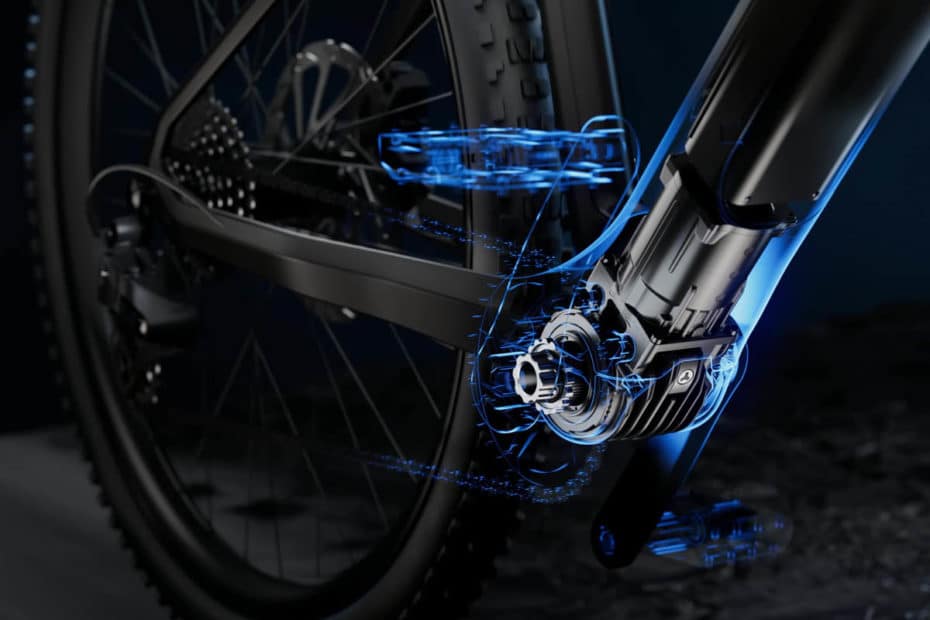
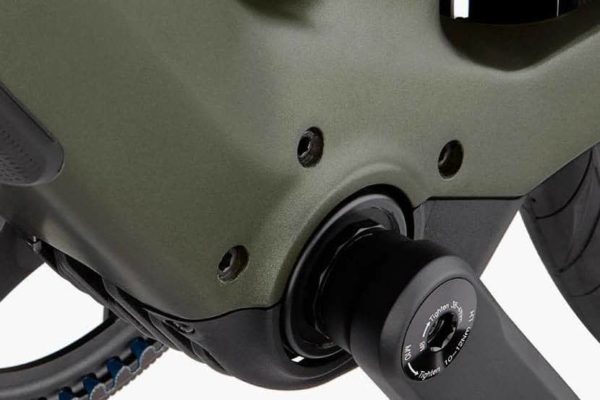
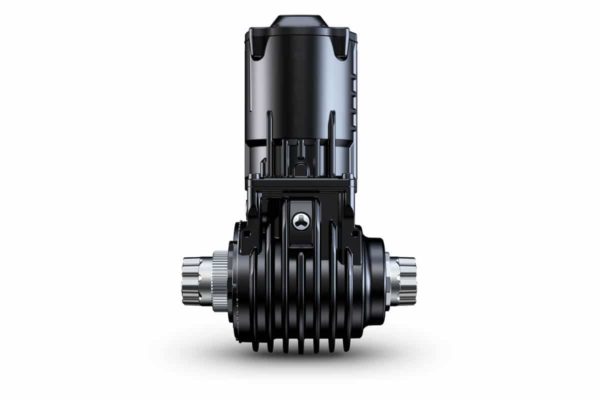
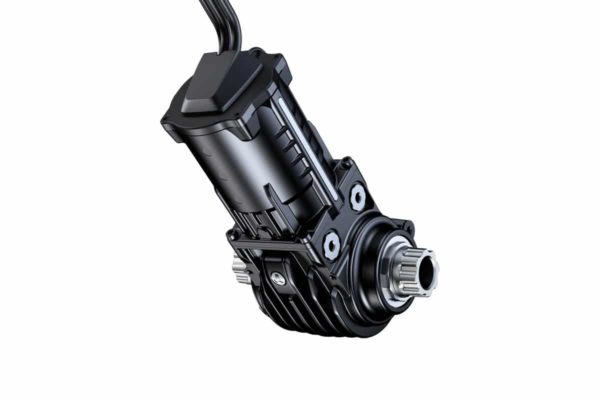
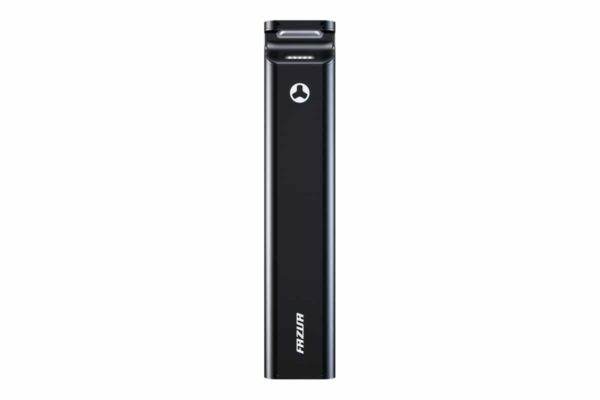
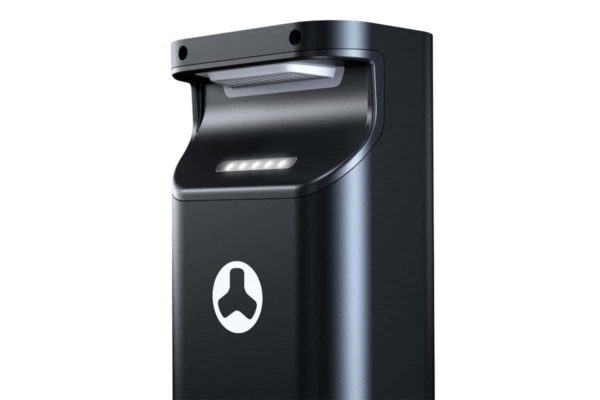

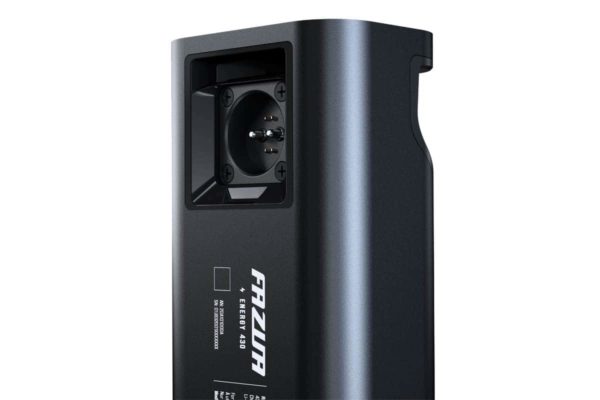
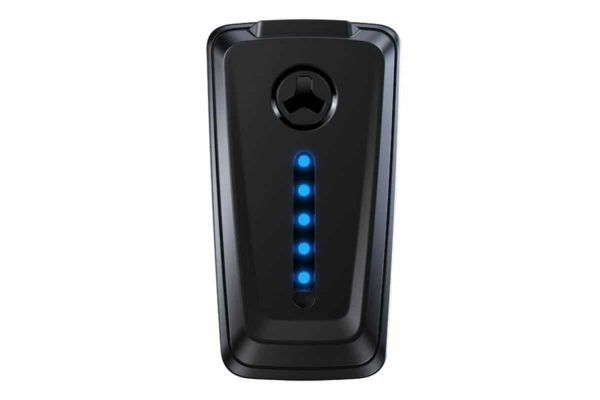
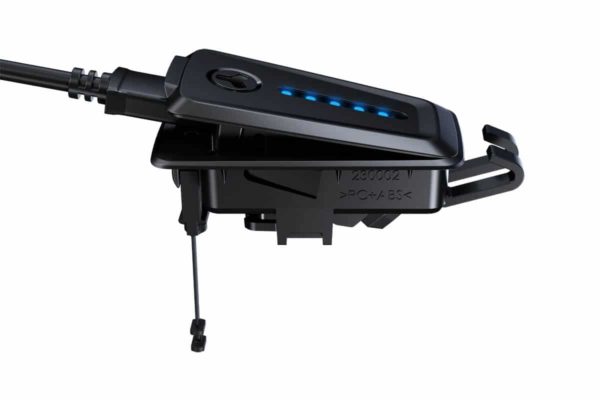
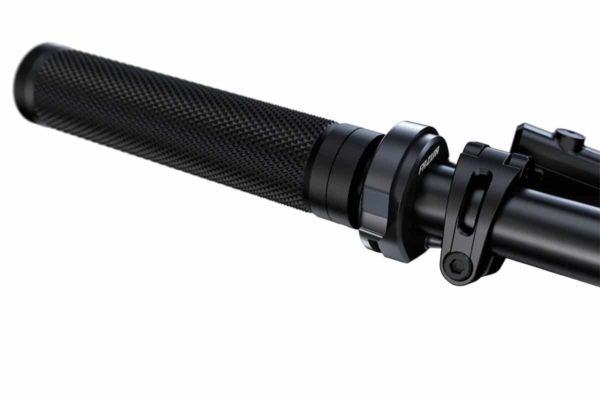
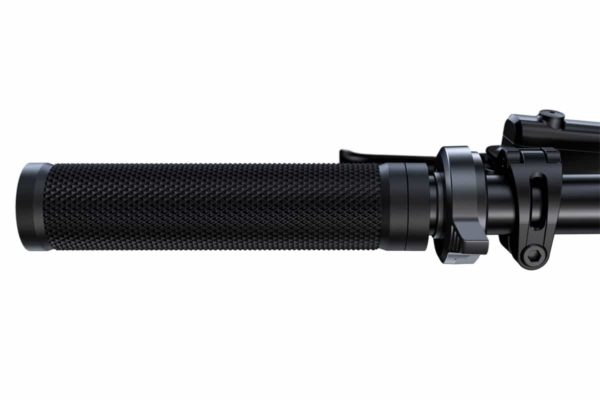
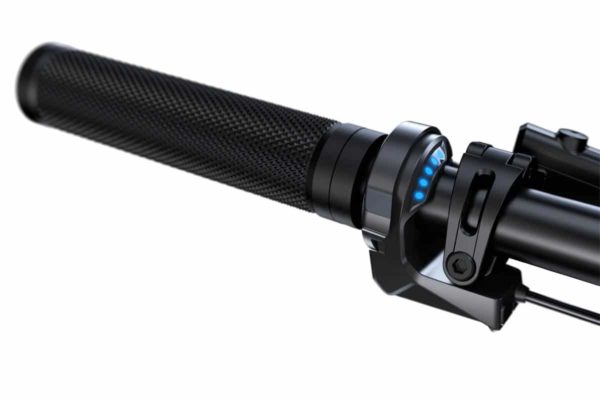
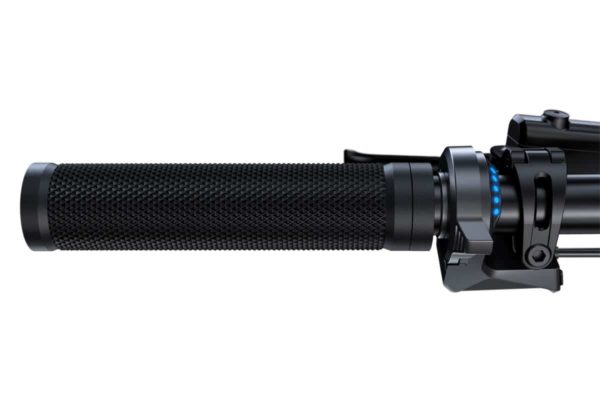
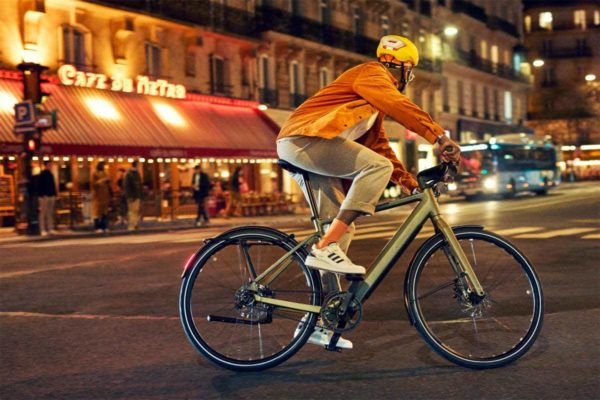
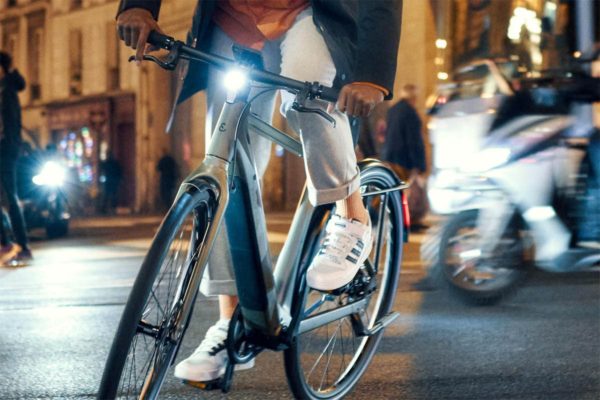
Hooray for Fazua! Gotta stay competitive! This move to the Ride 60 makes the Ride 50 obselete. That’s bad news for we Ride50 e bike owners because the 250X production line is shut down and their are no repair facilities for a bad Fazua 250X battery (the technology is properitary so e bike battery repair facilities cannot touch the 250X battery). The simile is getting old in that parts wear out and you die.
Hello Russ,
We have no information about a shut down production line. The least we can say is, that there are 250x batteries for the Fazua Evation drive still available.
https://www.ebike24.com/fazua-evation-battery-250-x
Cheers, Matthias